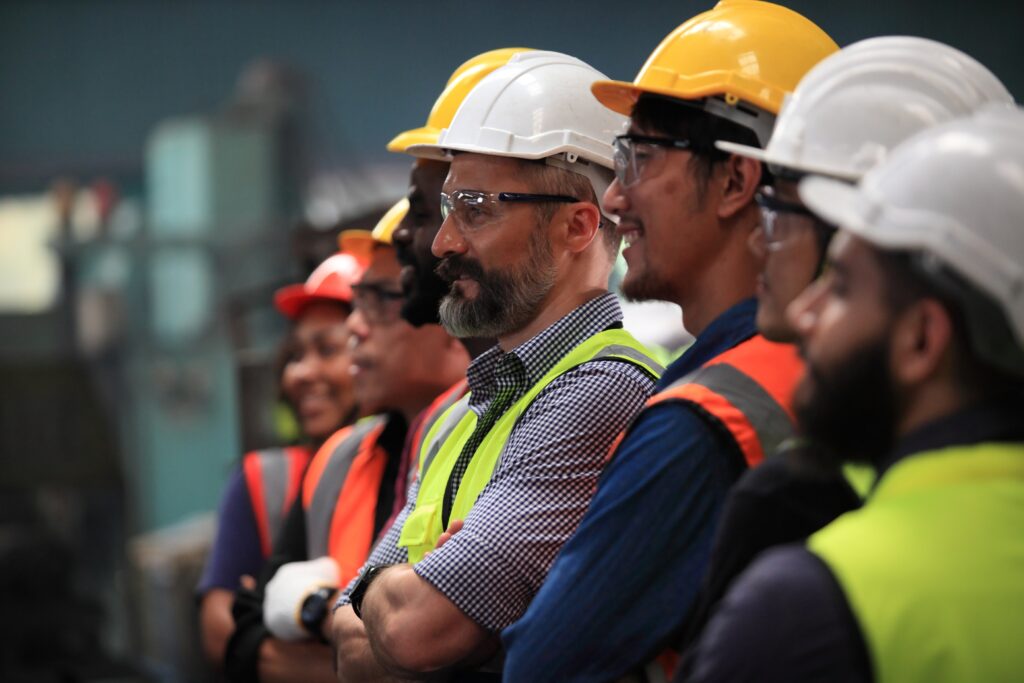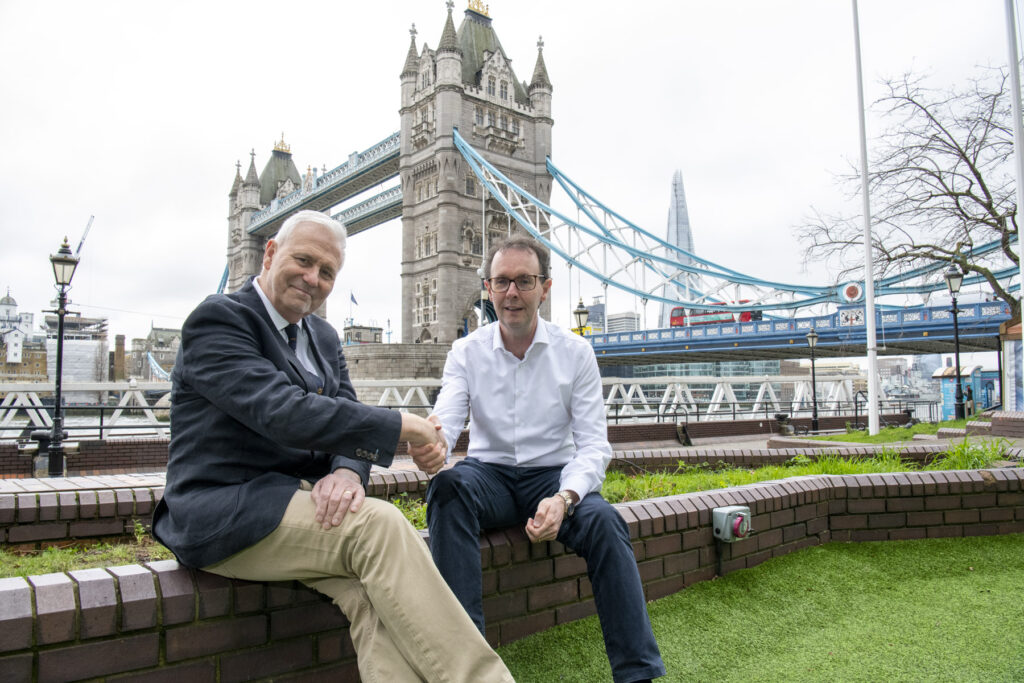Working at height is the biggest cause of fatalities in the construction sector. Most fatalities occur at relatively low heights of 2-3 metres. (Source)
How can these accidents be prevented? Keep reading to find out.
The Safety, Health and Welfare at Work (General Application) Regulations 2007 contains all safety regulations pertaining to working at height.
What kind of activities does ‘Working at Height’ include?
According to the Health and Safety Authority (HSA), working at height pertains to any work activities that are carried out at a place above or below ground level, where the worker could sustain an injury if they fell from that place. (Source)
Some examples of working at height include:
- Working on trestles or other platforms
- Working on a flat roof
- Erecting falsework or formwork
- Working on a ladder
- Working at ground level adjacent to an excavation;
- Working near or adjacent to fragile materials
What activities are not included?
The following are not considered to fall under the ‘working at height’ category, and therefore are not subject to related regulations:
- Walking up and down a staircase in an office
- Working in an office on the upper floors of a temporary accommodation building
- Sitting in a chair
How can safety be ensured when working at height?
- Consider whether working at height can be avoided altogether. For example, instead of using a ladder, workers can use extendable tools, or cables may be installed at ground level. If working at height is the only option, it should only be carried out if ‘it is reasonably practicable to do so safely and without risk to health’. (Source)
- Plan and organise all work properly, and conduct a thorough risk assessment and devise a safety statement. The extent of this planning will depend on the complexity and duration of the task. Other factors to be considered include weather conditions, the location where the task will be carried out, objects that could be at risk from falling over, and emergency and rescue procedures. (Source) Employers should also consider workers’ physical conditions such as vertigo. (Source)
- Take measures to prevent accidents as much as possible. Based on the risk assessment, decide which risks can be removed altogether. If certain risks are unavoidable, decide how they can be minimised. For example, by using safety nets and soft landing systems, or providing extra employee training.
- Use the correct equipment. Based on your planning and risk assessment, you can prepare the equipment that will be necessary, such as guard rails, safety harnesses, and energy absorbers, and working platforms. All equipment should be in good condition, and if installation of certain equipment is required, inspection should be carried out by a competent person prior to use. (Source) If the equipment is subject to conditions which may cause deterioration and subsequent risks, regular inspections should be carried out. If any ‘exceptional circumstances’ occur that could cause or increase the risk of using this equipment, an ad hoc inspection should be undertaken as soon as possible. (Source)
- Prioritise collective protection over individual protection. Collective protective measures protect everyone who is at risk rather than focusing on an individual. Collective protective equipment does not require the worker to act for the equipment to work, for example, guardrails or safety nets.
- Ensure the relevant workers are competent. Workers should have sufficient knowledge, skills and experience to carry out the task(s) safely. If they are being trained, they should have adequate supervision. The level of competency required will depend on the task. (Source)
Ayrton can help you with all of this and more. Our Working at Heights Awareness Classroom Training is designed for those whose work includes Working At Height as part of their duties, particularly anyone who regularly needs to wear a harness for fall arrest. There is also an online version of this course, our Working at Heights Awareness Webinar Training.
We also provide safety consultancy services, including risk assessments, workplace audits, and safety statement consultancy. To find out more, email us on info@ayrton.ie or call 021 421 0331.



